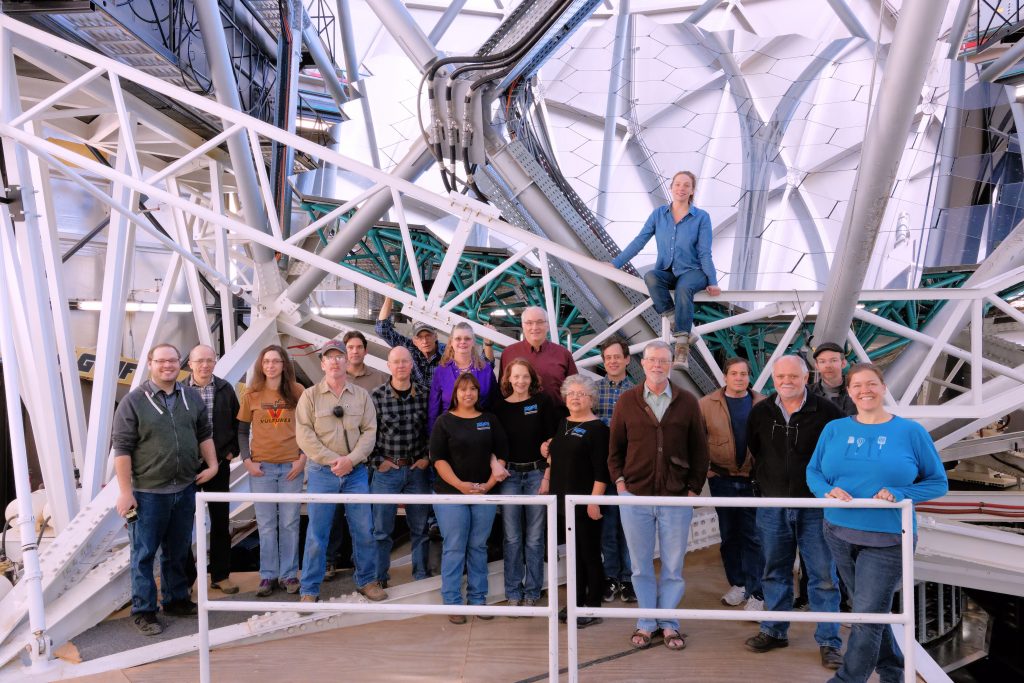*** As of November 26th, 2018, both Telescope Operator positions have been filled ***
We have two new openings at the Hobby-Eberly Telescope for telescope operators. One of our operators has moved on to be a technical manager for the new earth observatory being built by NASA at McDonald Observatory and the other is going to also work for NASA as a telescope operator on the Sofia flying observatory. While sad to see friends moving on it is great to know that we are hiring and training the best people! Maybe you know someone who might be our next telescope operator!? The add is below:
The Hobby-Eberly Telescope (HET) at the University of Texas at Austin, a state-of-the-art optical telescope facility located in the Davis Mountains of West Texas, has an opening for a Telescope Operator (TO). The TO is responsible for the operation of the telescope, dome and instruments for night-time observations while working with the Resident Astronomer to acquire data. The TO maintains the records and logbooks detailing the activities during the observing period. Local weather and facility conditions are monitored to insure adequate and safe observing conditions. Some day time responsibilities include: assisting the day staff in the resolution of technical problems and preparing the facility for night time operations.
Required qualifications: Bachelor’s degree in astronomy, computer science, engineering, or a related field; equivalent combination of relevant education and experience may be substituted as appropriate. Preferred qualifications: Completion of advanced courses leading towards a master’s degree in a STEM field and/or one or more years experience with operation of a 1+m telescope, understanding of observational astronomical terminology, experience with developing and adapting to changes in complex procedures for repetitive tasks, experience with quickly trouble shooting, documenting and working through faults in complex hardware and software systems, and experience working in a Linux or Unix environment through both command-line interfaces and GUIs. In addition, candidates should have the work ethic and drive to maximize the scientific output of the telescope. The work schedule will be determined with the Supervisor and will include nights and weekends.
For more information about the telescope and the McDonald Observatory visit http://www.as.utexas.edu/mcdonald/het/het.html. To view a complete job description, salary, benefits and application instructions visit http://utdirect.utexas.edu/apps/hr/jobs/nlogon/search/0/ and refer to job posting number: 18-07-06-01-4216. This position is security sensitive and therefore the offer is contingent upon successfully passing a criminal conviction background check. The University of Texas, as an equal opportunity/affirmative action employer, complies with all applicable federal and state laws regarding nondiscrimination and affirmative action.


